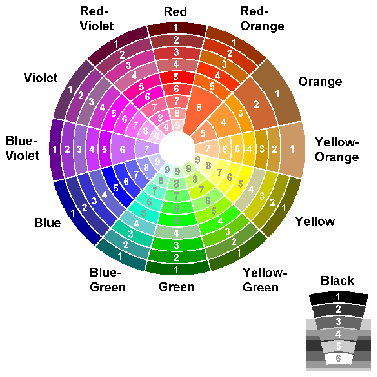
The space shuttle Discovery was launched on July 4th with several improvements in its design. The improvements were aimed at reducing insulation foam that could break off and strike the space shuttle during flight. In 2003, a suitcase-size piece of tank insulation foam weighing 1.67 pounds broke free and struck the space shuttle
Columbia's port wing. The resulting damage caused Columbia to break apart during reentry.
External tanks on the space shuttle are made of aluminum and covered with approximately 4,000 pounds of foam insulation to prevent ice buildup caused by the super-cold liquid hydrogen and liquid oxygen stored within the tanks.
NASA engineers made numerous improvements to the design of the external tanks, the most significant being the removal of a protuberance air load ("PAL") ramp. The PAL ramp is a thirty-eight feet long piece of foam that acts as a wind shield for pressurization lines and cables. During the
Discovery flight in 2005, a one-pound piece of foam broke free from the PAL ramp and narrowly missed the space shuttle's heat shield.
An issue that was not resolved prior to launch was the loss of foam from the shuttle's ice/frost ramps ("IFR") which may be up to
three-and-a-half ounces of foam. There are thirty-four IFRs on each shuttle fuel tank, but only the four located at the top of the hydrogen tank pose a risk of producing debris that can strike the
space shuttle. NASA's chief engineer, Chis Scolese, and the chief of Safety and Mission Assurance, Bryan O'Connor, voted against launching the space shuttle until the IFRs could be redesigned. NASA administrator Mike Griffin went ahead with the launch after deciding that IFRs do not pose a "probable/catastrophic" threat to the space shuttle. A redesigned version of the IFRs may be installed for future space shuttle flights.
NASA monitored debris falling from the shuttle using new cameras on the orbiter, tank, and solid rocket boosters, as well as
107 ground-based and airplane-based cameras. The cameras detected small pieces of foam breaking from the tank at three minutes and five minutes after liftoff. The most dangerous point during the ascent of the space shuttle occurs one minute after launch when the space shuttle experiences maximum atmospheric pressure. After two minutes into flight, the space shuttle is twenty-five miles into the atmosphere and traveling at 3,000 miles per hour. Impacts from debris are unlikely to do damage at this altitude because the
atmosphere is essentially a vacuum; only a few air molecules are present to create drag on the debris.
The Discovery crew conducted a laser survey of the space shuttle's heat shielding on July 5th to inspect for damage from launch. On July 6th, the astronauts used a 100-foot boom outfitted with cameras to conduct a visual survey of the space shuttle's exterior, the results of which were transmitted back to earth for
review. NASA officials appear cautiously optimistic that the shuttle did not incur serious damage during liftoff, but are withholding an official statement until after the data has been examined.
NASA continually improves the technology and design of the space shuttle with some of these innovations resulting in patentable inventions. Since 1976, more than 2,620
patents have been assigned to NASA which has
licensed more than 1000 of these
patents to companies and individuals for private sector use. These licenses cover many fields including molecular
biology, surgery, computer software and heat transfer.
 A color trademark is a non-conventional trademark where at least one color is used to identify the commercial origin of a product or service. A color trademark must meet the same requirements of a conventional trademark. Thus, the color trademark must either be inherently distinctive or have acquired secondary meaning. To be inherently distinctive, the color must be arbitrarily or suggestively applied to a product or service. In contrast, to acquire secondary meaning, consumers must associate the color used on goods or services as originating from a single source. Below is a selection of some currently registered color trademarks in the U.S. Trademark Office:
A color trademark is a non-conventional trademark where at least one color is used to identify the commercial origin of a product or service. A color trademark must meet the same requirements of a conventional trademark. Thus, the color trademark must either be inherently distinctive or have acquired secondary meaning. To be inherently distinctive, the color must be arbitrarily or suggestively applied to a product or service. In contrast, to acquire secondary meaning, consumers must associate the color used on goods or services as originating from a single source. Below is a selection of some currently registered color trademarks in the U.S. Trademark Office:


